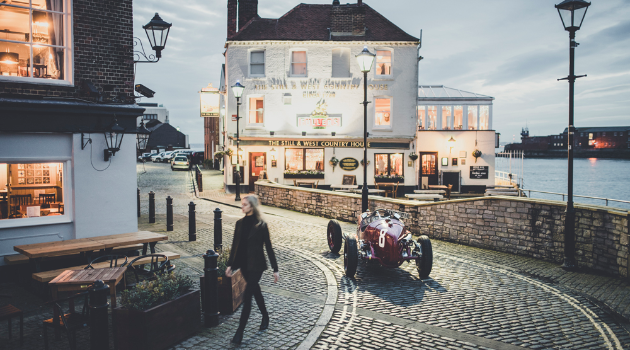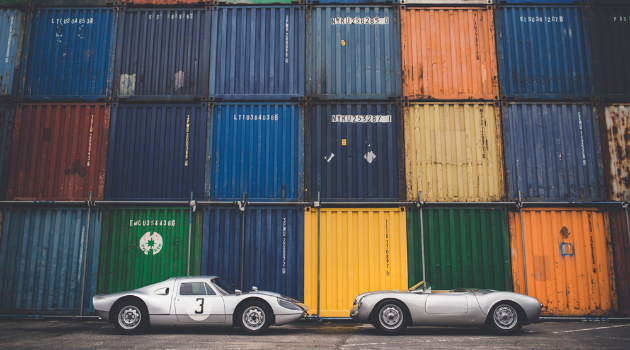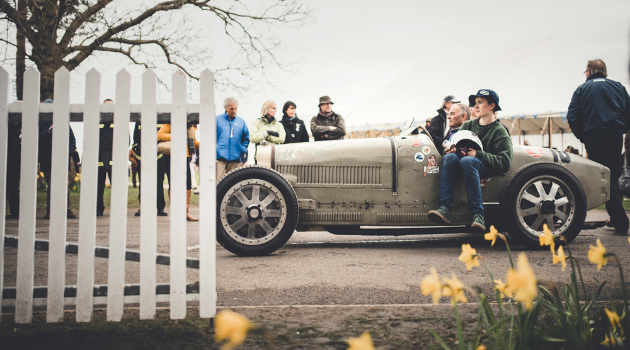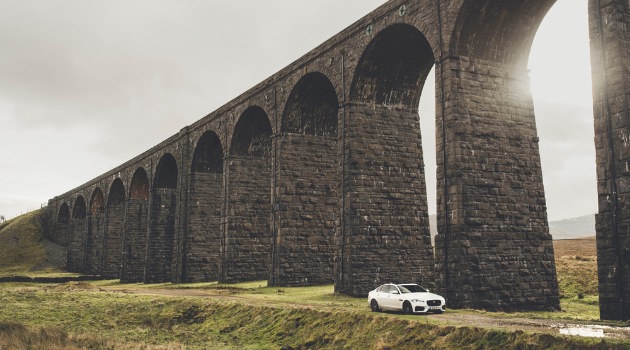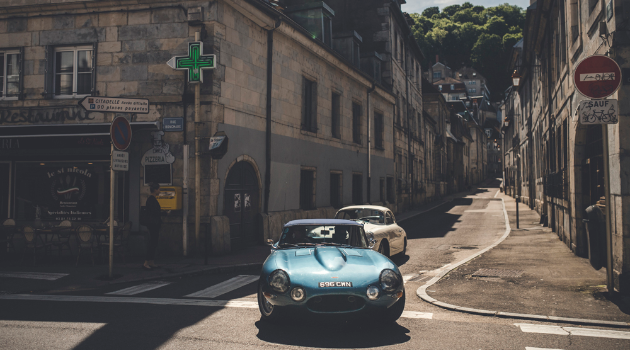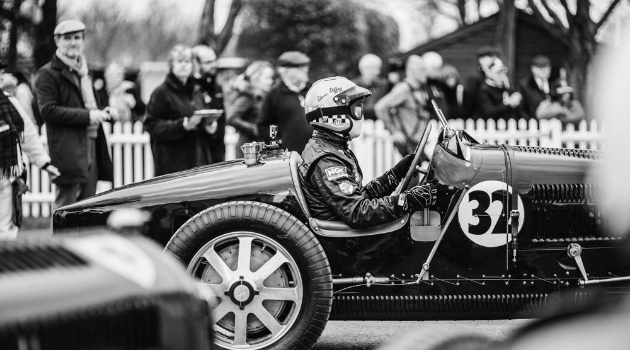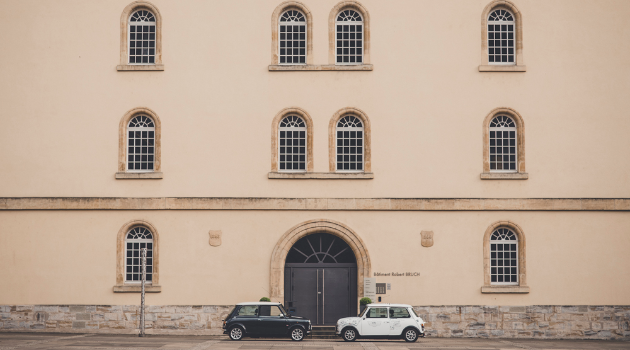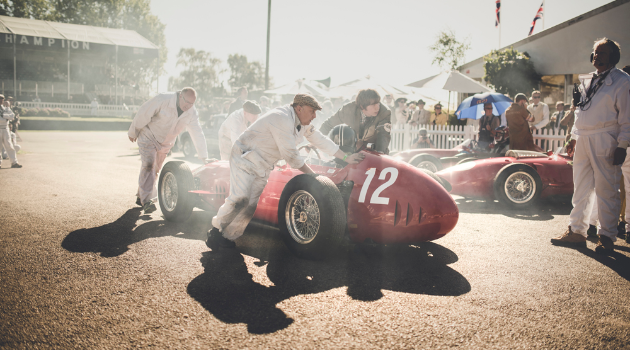How did you get into photography, and automotive imaging in particular?
I always loved photography but didn't think I would have any chance of getting a job in it, so when I left school I did a degree in metal- and silversmithing, and kept photography as a hobby and a way to earn some money – I shot weddings all the way through university, mostly for friends and very cheap!
The summer I graduated, in 2013, I had the opportunity to do my first ever car shoot, with the replica Ferrari P4, and Easton Chang, who's one of the top guys in car photography, reposted my Instagram pictures on his Facebook page, after which my site blew up with visitors. As a result, the classic car hub Petrolicious contacted me to do some shoots and articles, and Classic Driver found me from those. Around the same time I took my dad to the Goodwood Revival, and sent some of my images to Goodwood's Facebook page in a message, and off the back of those they asked me to do a shoot for them at their 72nd Members' Meeting. The wedding photography was also really taking off by then, helped by me shooting a stunning wedding with a really beautiful couple and the images getting picked up by a number of wedding magazines, so I ended up working in these two very different fields.
For a while I did both, because I wasn't getting enough car or wedding work to give up the other completely. But by last year I had to make the decision which one to continue: the cars or the weddings. I went for cars, as weddings are so stressful in comparison. Looking back, it's mad to think how much has happened in the last four years.




